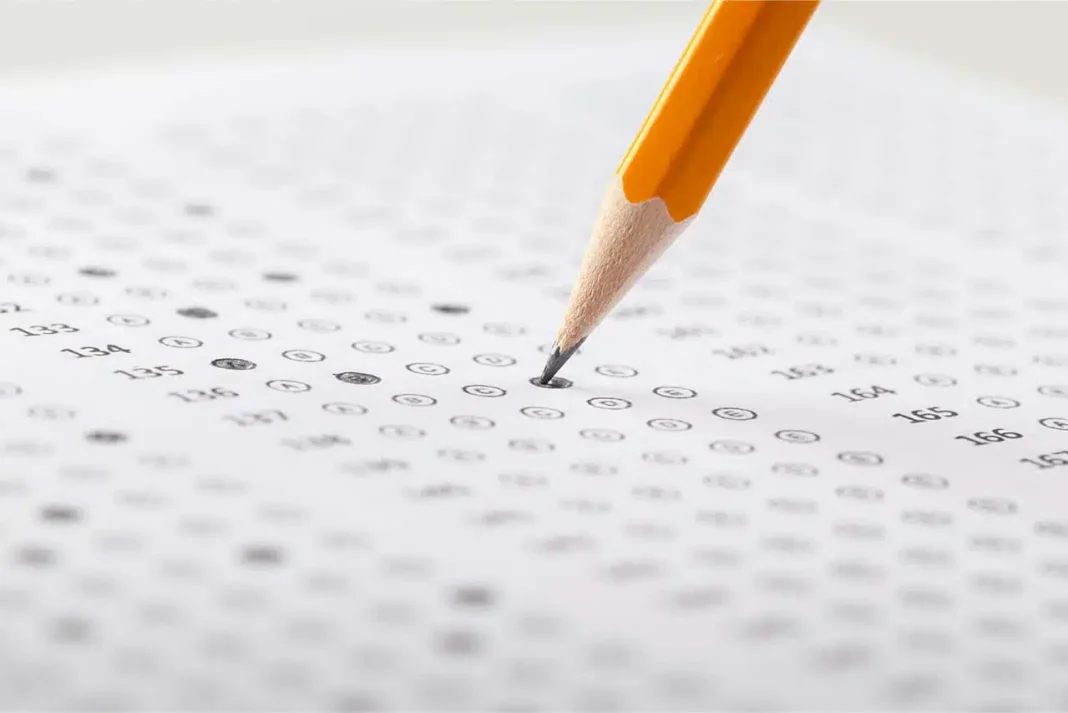As much of our lives are spent in education, we take many exams and are constantly evaluated during this process. The performance we demonstrate in these exams can also determine the situations we may encounter in the future. Knowing that one’s actions will play a role in the future can naturally cause an individual to feel anxious. For this reason, one of the periods in which anxiety is most intensely experienced is before and during exams.
Exam anxiety is defined as the fear that leads to poor performance in exams, tests, or other formal assessment tasks (Beidel, Turner, & Trager, 1994; Dusek, 1980; Safren, 2000). Test anxiety has two psychological components, conceptualized as its situational and specific characteristics: worry and emotionality. Worry constitutes the cognitive aspect of exam anxiety, whereas emotionality reflects an individual’s awareness of bodily arousal and tension (Sarason & Sarason, 1990; Enright et al., 2000).
If we do not feel prepared for an exam in which we will be evaluated, if we are apprehensive that we will perform below our potential, or if we are experiencing anxious, tense, sad, or depressed moods, this may indicate the presence of exam anxiety. Before an exam, a student may have thoughts such as, “What if I fail? What if I forget everything I know during the exam?” At the same time, they may be inclined to compare themselves with other candidates and adopt negative beliefs about their exam performance.
Mandler and Sarason (1952) suggest that before an exam is administered, an individual exhibits a learned anxiety response. This situation can lead to responses such as feelings of inadequacy, helplessness, anticipation of punishment, decreased self-esteem, attempts to avoid the situation, and increased somatic symptoms (Geen, 1985). These and similar outcomes are expected to result in poorer performance on the exam.
However, stress does not always produce destructive outcomes. Stress at optimal levels can be productive and yield positive results. The best way to explain this is through the Yerkes-Dodson Law.
The Yerkes-Dodson Law and Its Implications
The Yerkes-Dodson Law was developed in 1908 based on an animal experiment conducted by Robert M. Yerkes and John D. Dodson. Today, this experiment helps us understand how performance can be affected when humans face a stimulating factor such as exam stress.
In the experiment, rats were tested using two boxes, one black and one white. When a rat entered the black box, it was subjected to an electric shock. The box the experimenters wanted the rat to go to was the white one. The aim was to determine whether the intensity of the electric stimulus affected the speed at which the rats learned to avoid the black box and to identify which specific stimulus intensity was most effective for acquiring this avoidance behavior.
The intensity of the shock in the experiment was tested at three levels: low, medium, and high. The experiment concluded that “habit formation is a function of stimulus strength; it increases up to a point and then decreases.” In other words, as the stimulus intensity (electric shock) increases, habit acquisition initially accelerates, but once a certain threshold is exceeded, further increases in the shock slow down learning. Learning is weak at low and high shock intensities, while the best performance occurs at medium intensity. This curve is known as the inverted U or bell-shaped curve.
The Yerkes-Dodson Law is highly relevant not only for animals but also for humans. The Yerkes-Dodson curve provides an excellent way to visualize the difference between too much and too little exam stress. Stress can be productive and yield positive outcomes, meaning it can enhance performance. Stress experienced at a moderate level is likely to result in optimal performance.
Application to Exam Situations
Let us consider this situation in the context of an important exam:
-
A student who is minimally aroused (experiencing low stress) for the exam may have thoughts such as “I can manage anyway,” “I’ll figure it out somehow,” or “Whatever happens, happens.” They may underestimate the importance of the exam and engage in behaviors like poor focus or insufficient studying. This can lead to a decrease in performance.
-
A highly aroused student (experiencing high stress) may have thoughts such as “What if I fail?” or “What if I can’t do it?” Along with the activation of the sympathetic nervous system, they may experience symptoms like trembling, sweating, dizziness, and nausea. Focusing on these symptoms can make it difficult to concentrate on the exam, which in turn can lead to poor performance.
-
A moderately aroused student (experiencing moderate stress) can develop appropriate study strategies, use their time efficiently while preparing for the exam, try different study schedules, and maintain proper focus and motivation.
As a result, a student experiencing an optimal level of exam stress (moderate arousal) will demonstrate maximum performance.
With the start of the new academic year, there is an important reminder for all students, regardless of age: we have much more control over ourselves than we often realize. During moments of anxiety, when our body signals alarm, we should remember that the “What if?” scenarios playing out in our minds are just thoughts, and instead of succumbing to them, we need to manage them. As Albert Ellis also stated, “The great majority of the things we now make ourselves panicked about are self-created ‘dangers’ that exist almost entirely in our own imaginations.”


